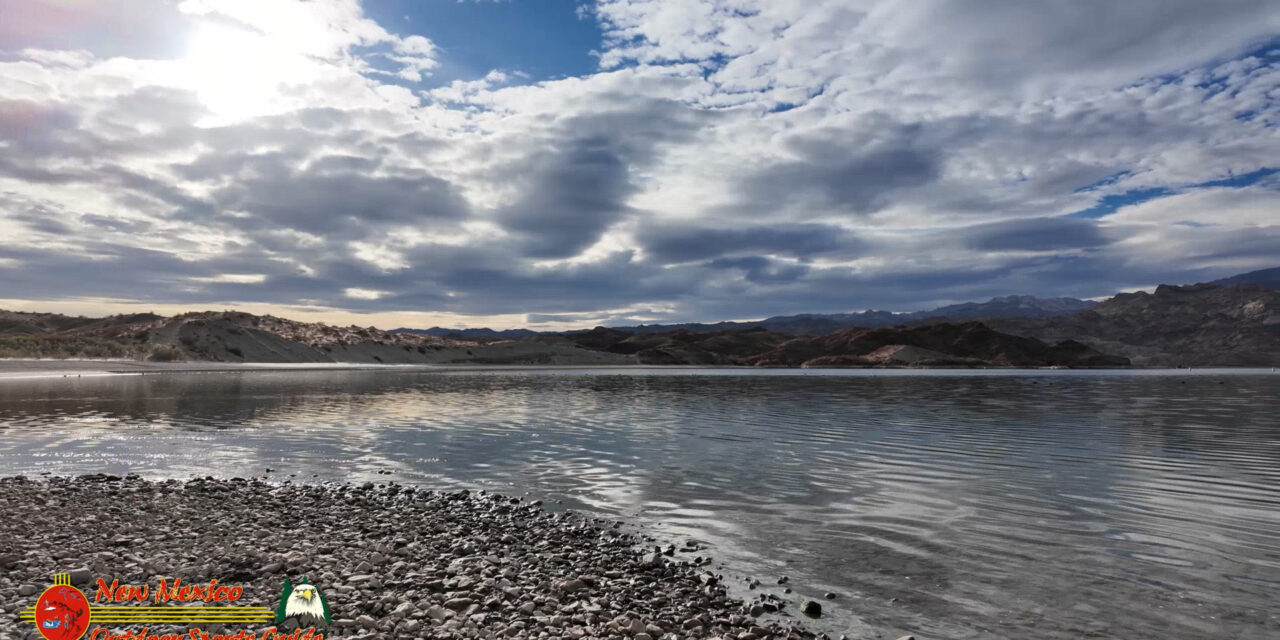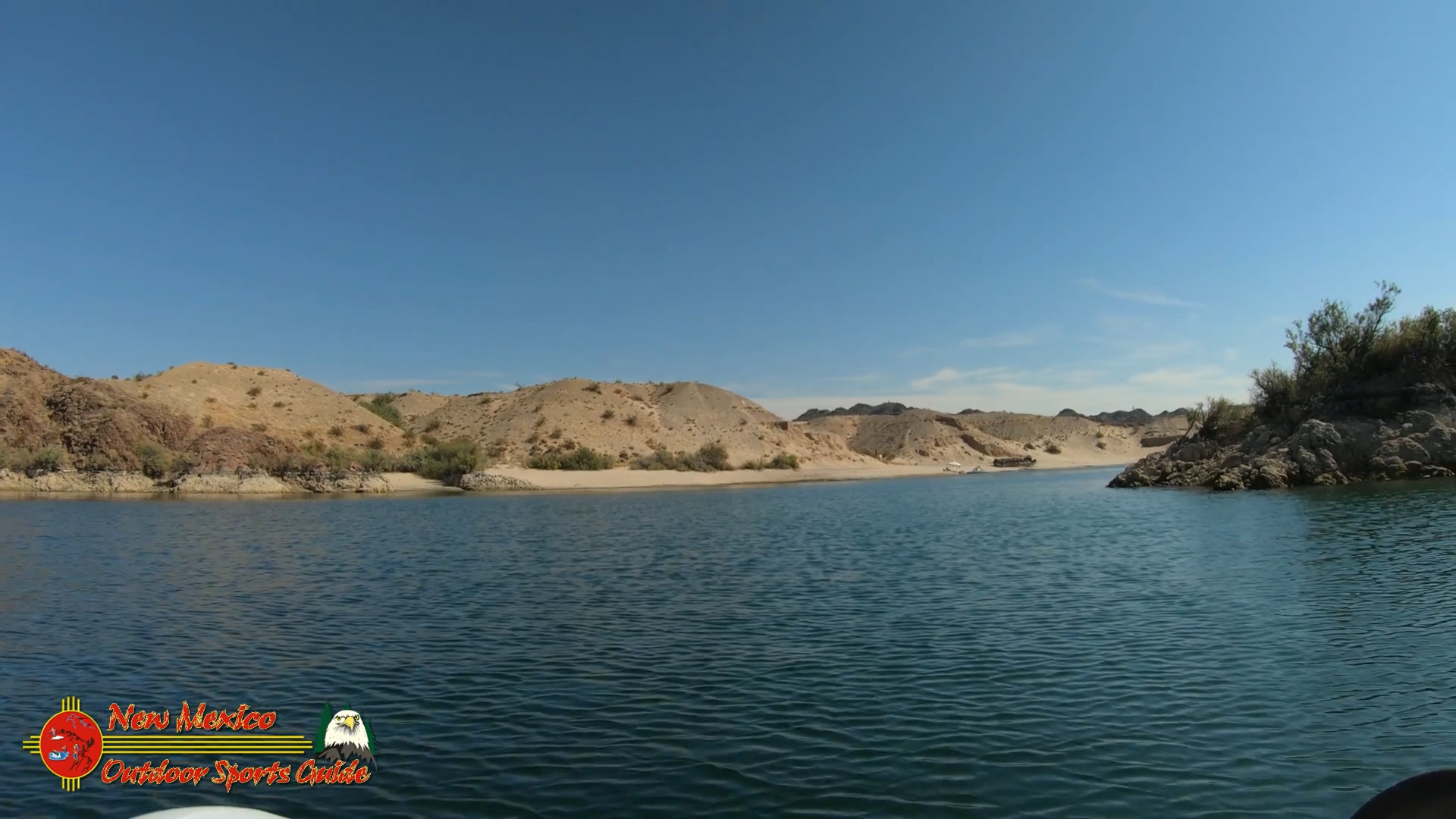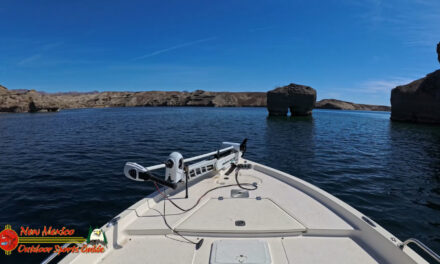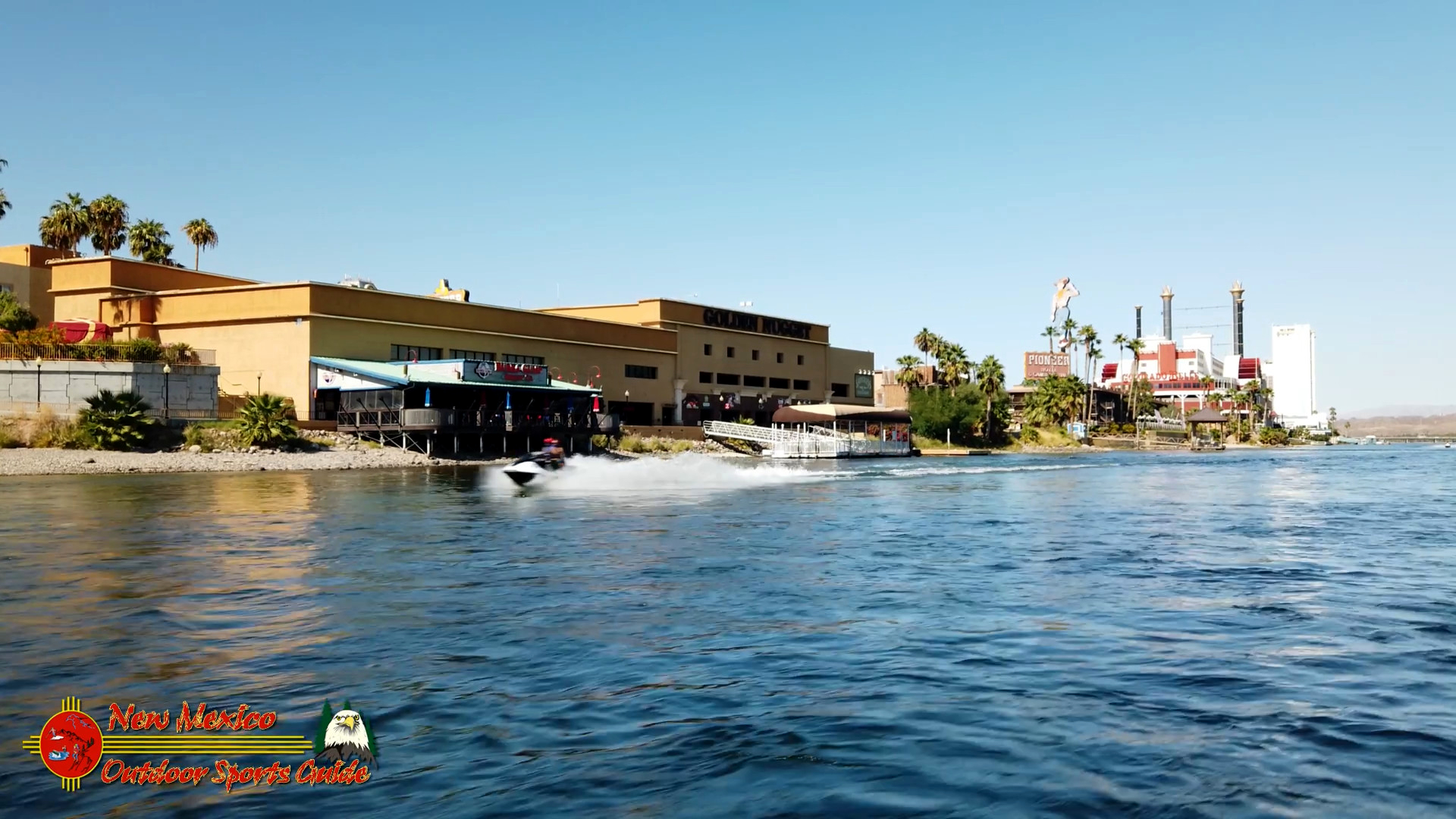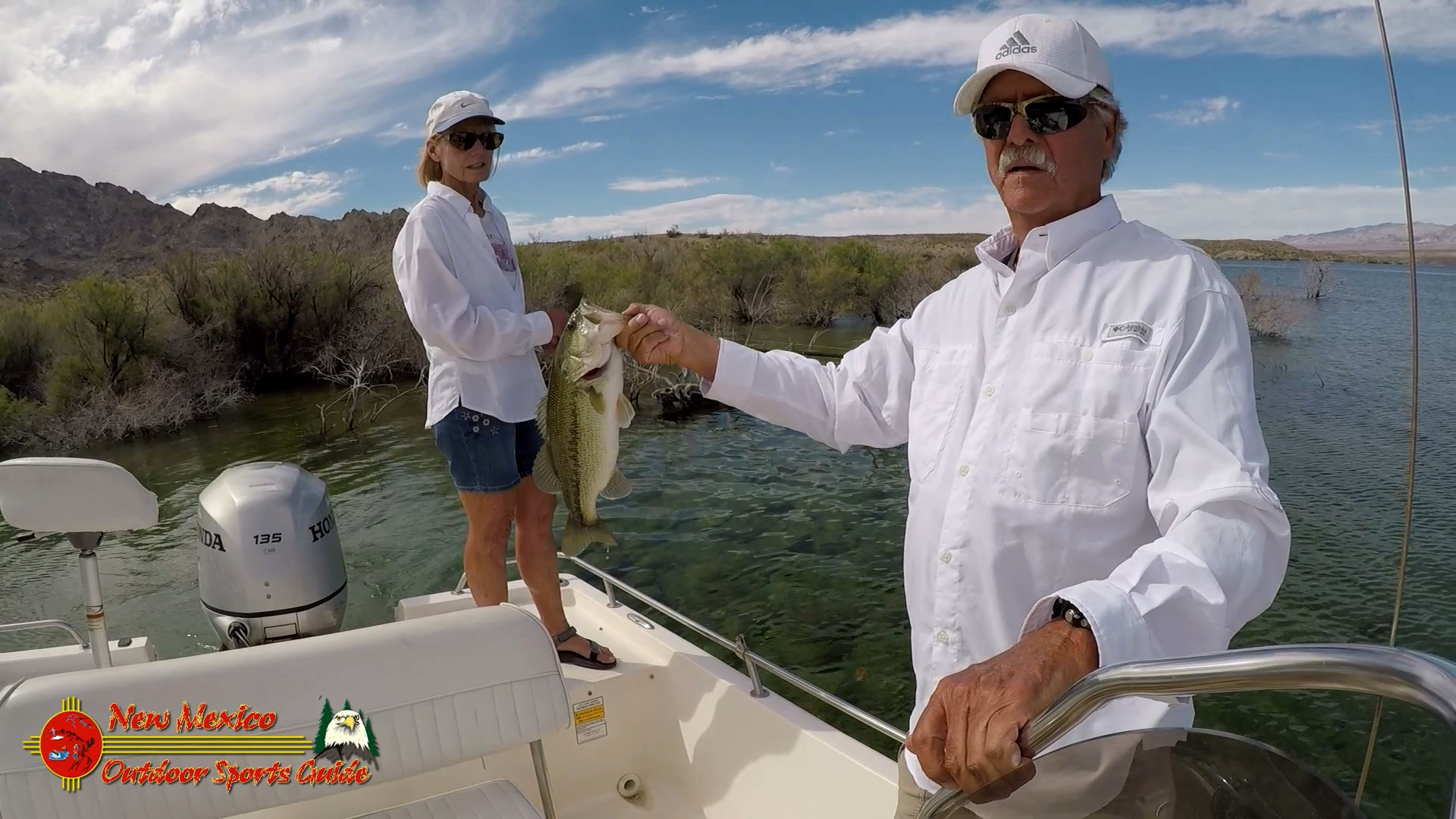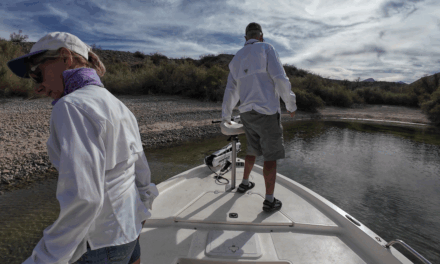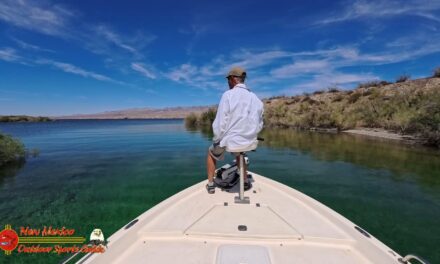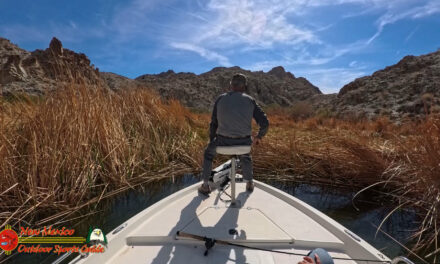There’s something about watching a grandmother teach her grandchildren that stirs memories deep within my weathered soul. This morning, as I set up my camera along a secluded pebble beach at Lake Mohave, I witnessed such a moment – one that perfectly captured the timeless connection between generations and nature’s endless ability to bring joy to young and old alike.
The December sun had just begun to warm the cool morning air as I made my way down to one of Lake Mohave’s hidden gems. After sixty years of photographing the American Southwest’s wild places, from the rangelands of my youth to the towering peaks of the Rockies, I’ve learned that the most magical moments often come when you least expect them. This morning would prove no exception.
As I rounded the final bend in the trail, Lake Mohave stretched before me like a sheet of polished glass. Spirit Mountain – or Avi Kwa Ame as the native peoples know it – rose majestically across the water on the Nevada side, its ancient stone face catching the early light. Puffy white clouds dotted the deep blue desert sky, their reflections perfect mirrors on the lake’s surface. The Colorado River’s life-giving waters, held back by Davis Dam downstream, created this stunning reservoir within Lake Mead National Recreation Area, though you’d never guess this peaceful scene was human-made.
The beach was empty save for three figures – a grandmother and her two young granddaughters, maybe 20 and 12 years old. Their mother stood nearby, phone raised to capture their morning adventure. I hung back, not wanting to intrude, but something about the scene before me begged to be documented. Perhaps it was the way the grandmother’s blonde hair caught the sunlight, or how the girls’ excited voices carried across the still morning air, breaking the silence like bell-clear chimes.
“Now, sweetie,” the grandmother was saying, “the trick is to find the flattest stone you can.” Her voice carried the gentle patience that seems to come naturally to grandparents, a patience I’ve come to appreciate more with each passing year. The older girl, tongue caught between her teeth in concentration, was already sorting through the colorful pebbles at her feet.
Lake Mohave’s beaches are a rock collector’s paradise. Millions of years of geological history wash up on these shores – smooth granite, speckled quartz, dark basalt, and countless others, each polished to perfection by the endless dance of water and time. The same forces that carved the Grand Canyon upstream have left their mark here, though in gentler ways.
The younger girl held up a round stone triumphantly. “Like this one, Grandma?”
“That’s perfect, honey. Now, hold it like this…” The grandmother demonstrated the proper grip, her weathered hands guiding tiny fingers into position. “You want to keep it parallel to the water, like you’re serving tea on a little saucer.”
I adjusted my camera settings, capturing the way the morning light played across the scene. The crystal-clear waters of Lake Mohave stretched to the horizon, its surface broken only by the occasional fish jump or the gentle ripples from their stone-skipping lessons. The lake’s remarkable clarity – you can often see thirty feet down or more – comes from the cold waters released from the depths of Lake Mead through Hoover Dam. Those same waters continue their journey south, eventually passing through Davis Dam to rejoin the Colorado River’s path to the sea.
The older granddaughter’s first throw sent a stone skipping four times across the glassy surface. Her delighted squeal echoed off the rocky shores, startling a great blue heron that had been fishing nearby. The bird took flight, its massive wings catching the morning light as it glided across the water to find a quieter spot.
“Did you see that, Mom? Did you get it on video?” The mother nodded, grinning behind her phone. These are the moments that become family legends, passed down through generations like precious heirlooms.
The scene brought me back to my own childhood on our family ranch in Kansas, learning to skip stones on the creek that ran through our property. My grandfather had taught me just as this grandmother was teaching now, with the same patient instruction and quiet joy in sharing something so simple yet so magical.
Lake Mohave’s beaches hold a special place in my heart, different from the streams of my youth but no less enchanting. Unlike the often-crowded Lake Mead to the north, these shores offer a more intimate connection with the desert landscape. The 67-mile long reservoir creates countless hidden coves and quiet beaches, each with its own character but all sharing the same crystalline waters and stunning views.
The younger granddaughter’s first attempts sent stones plunking straight into the water, but her grandmother’s encouraging words never wavered. “That’s okay, sweetheart. Every stone has to learn how to dance on the water. Some just take a little longer to learn the steps.”
I couldn’t help but smile at the wisdom in those words. How many lessons in life follow the same pattern? Practice, patience, and persistence – whether you’re learning to skip stones, wrangle cattle, or capture the perfect photograph.
Spirit Mountain watched over our little scene like a ancient guardian. The sacred peak, reaching 5,639 feet into the desert sky, holds deep significance for numerous Native American tribes. Its massive presence serves as a reminder that we’re all just passing through these ancient landscapes, leaving ripples that fade like those from skipped stones.
The morning wore on, and the girls’ technique improved with each throw. Their grandmother shared stories between tosses – tales of when she learned to skip stones, of bringing their mother to a beach years ago, of the changes she’d seen in the landscape over the decades. This is how knowledge flows through generations, I thought, not just in the practical skills we pass along, but in the stories we tell and the memories we create.
Lake Mohave’s waters have witnessed countless such moments since its creation in 1951. The lake formed when Davis Dam was completed, transforming this stretch of the Colorado River into a recreational paradise. Yet unlike many man-made lakes, Mohave has managed to maintain a wild feel. Its beaches remain largely natural, its waters clean and clear, its surrounding landscape still rugged and relatively untouched.
The grandmother’s lesson expanded beyond just stone-skipping technique. She pointed out the desert bighorn sheep trails on the distant cliffs, explained why some rocks make better skipping stones than others, and shared the names of the desert plants clinging to life along the shoreline. Every detail was absorbed by wide-eyed granddaughters, their young minds soaking up knowledge like the desert soaks up rain.
“Look at the rings!” the older girl exclaimed as a particularly good throw created perfect concentric circles on the water’s surface. The rings expanded outward, intersecting with the ripples from her sister’s throws to create patterns that would challenge any mathematician to describe.
Such patterns remind me of the interconnected nature of life here in the Southwest. The Colorado River system, of which Lake Mohave is a part, has shaped not just the physical landscape but the human story of the entire region. From ancient peoples to modern cities, from wildlife to weekend warriors, we’re all connected by these waters.
As the sun climbed higher, other visitors began arriving at the beach. The spell of solitude was breaking, but the memory of that quiet morning lesson was already etched in my mind – and my camera’s memory card. The grandmother gathered her granddaughters, their pockets heavy with special stones they’d collected, while their mother reviewed the videos she’d captured.
Before they left, the older girl made one final throw. The stone skipped seven times across the still-calm surface, a personal best that was met with cheers from her small audience. The look of pride on both her and her grandmother’s faces was worth more than any photograph I could have taken, though I captured it anyway.
These are the moments that make Lake Mohave special. Yes, it’s a place for boating, fishing, and weekend adventures. But it’s also a place where generations connect, where lessons are learned, and where memories are made that will last long after the ripples fade from the water’s surface.
As I packed up my camera gear, I reflected on how fortunate we are to have places like this preserved within the Lake Mead National Recreation Area. In our increasingly busy world, these quiet beaches offer something precious – space for families to bond, for traditions to be passed down, for connections to be forged not just between people, but between people and the land.
The morning’s light show wasn’t over yet. As the family made their way back up the trail, the sun caught the lake’s surface at just the right angle, transforming the water into a sea of diamonds. Spirit Mountain stood proud against the deep blue sky, those puffy white clouds still sailing slowly overhead like cotton ships on an azure ocean.
For those seeking their own magical moments, Lake Mohave’s beaches offer endless possibilities. Whether you’re teaching a young one to skip stones, searching for the perfect photograph, or simply seeking a quiet moment away from the world, these shores welcome all who respect their wild beauty. Just remember to leave them as you found them, so future generations can discover their own special moments here.
As I headed back to my Jeep, I could still hear the faint sound of young laughter carried on the desert breeze. Another memory added to the countless others held in this landscape, another story written on the waters of Lake Mohave, another reminder of why I’ve spent my life capturing these moments through my lens.
Some might say it’s just a lake, just a beach, just a morning of skipping stones. But those of us who know these waters, who have witnessed the magic they hold, understand that it’s so much more. It’s a place where the simple act of teaching a child to skip stones becomes a thread in the grand tapestry of family history, where each ripple on the water’s surface tells a story of connection – to each other, to the land, and to the timeless rhythm of life in the American Southwest.
*[Lake Mead National Recreation Area]: A U.S. National Recreation Area located in southeastern Nevada and northwestern Arizona
*[Colorado River]: A major river of the Southwestern United States and northern Mexico *[Spirit Mountain]: Also known as Avi Kwa Ame, a sacred peak in southern Nevada
*[Davis Dam]: A dam on the Colorado River that forms Lake Mohave

